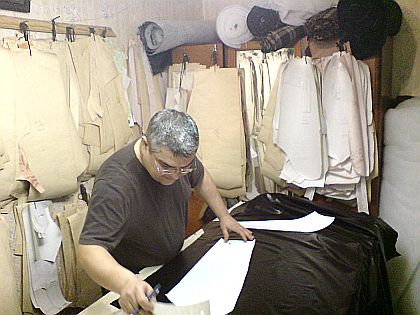Hits:1330 Cutting
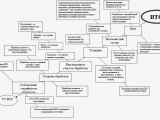
When performing the WTO, as with other types of treatment, it is necessary to observe the technical terms and rules that allow to achieve a good result at minimum cost...
Read more
Hits:1183 Cutting
Terminology wet-thermal papers, given below, is determined by the GOST 20521-75.
Prutivka - reducing the thickness of the seam, the edge of part for Example: pritority the collar, lapel
Razoruzhenie - folding...
Read more
Hits:1209 Cutting
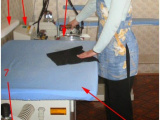
The working surface (1) Ironing table as well as swivel pads to handle individual sections of the products (2) covered with a clean cloth. Iron (3) are connected by electric...
Read more
Hits:1221 Cutting

Under wet-heat treatment (WTO or VTR) garments understand special processing of a part moisture, heat and pressure using special equipment. The objectives of the WTO: giving smoothness;...
Read more
Hits:1336 Cutting
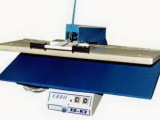
When performing the WTO uses the following equipment: press , used for various time-consuming operations, the wet-heat treatment. The use of presses can significantly increase the...
Read more
Hits:1530 Cutting
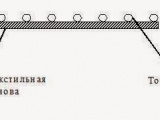
The gasket is an additional layer of material affixed to the underside of the piece of main fabric and keeps its shape, the shape of the collar, cuffs, belt, cushions...
Read more
Hits:1181 Cutting
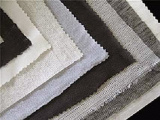
Despite the fact that foreign manufacturers of adhesive materials, usually accompany their products sets the technical characteristics of the adhesive pads of various articles and practical recommendations for their application...
Read more
Hits:1225 Cutting

In addition to the adhesive strips in the manufacture of clothing are used: 1. hot glue edging materials are pre-cut out of adhesive material strips of a width of...
Read more
Hits:1265 Cutting
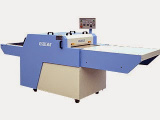
The bonding process may be performed on garment presses. Their design allows you to adjust the temperature, pressure and time parameters that significantly affect the quality of the...
Read more
Hits:1594 Cutting
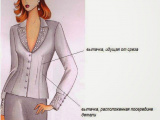
Tuck in sewing products are used to ensure conformance of the product in the waist area, providing three-dimensional form on the convexity of the chest, shoulder blades, and so on...
Read more
Hits:1444 Cutting
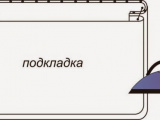
The quality of finish and functional elements of the sewing goods are often used items such as valves, leaflets, PATA, shoulder straps, plastiki, belt, cuffs, and belt loops. The following...
Read more
Hits:1228 Cutting
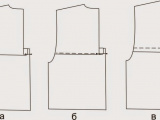
Coquette (cutting parts with a horizontal cutting line) used in the models of clothes are stitched and unfastened. A stitched yoke prisoedinyaetsya in different ways depending on the configuration of...
Read more
Hits:1117 Cutting
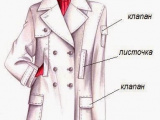
The leaves are the part used in processing, slit pocket, fixed on three sides. Leaves often cut in a rectangle with B. O. B. in the middle...
Read more
Hits:1194 Cutting
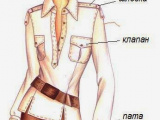
Cuffs are items of clothing used for decoration of the bottom of the sleeves. Cuff can be stitched and tselnokrajnie sleeve, turn-down and ordinary. In the men's and children's...
Read more
Hits:1172 Cutting
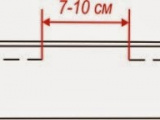
When processing long belts for screwing out after grinding can leave a hole about 7-10 cm in the midline longitudinal cut. This hole zastrahovatsja in the finishing stitches. When...
Read more
Hits:1393 Cutting
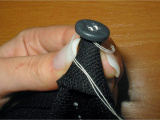
When performing actions with fabrics, knitwear, non-woven cloths and leather to create garments, bags, textile interior items or toys, there are three kinds of jobs: hand, machine and wet-heat. ...
Read more
Hits:1483 Cutting
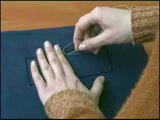
"...swear professionally..." Specialist differs from the Amateur is not only the presence and skills in their field, but the degree of ownership specific to that area language. The use of...
Read more
Hits:1333 Cutting
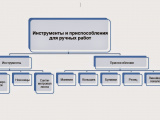
Tools and accessories required to perform manual work, can be represented as circuits. The conditional pattern - so many craftsmen even invented the ring with a knife, and...
Read more
Hits:1115 Cutting
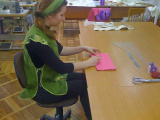
The organization of the workplace to perform manual work depends on how often you plan to perform such work, and how much space there is in the presence of masters...
Read more
Hits:1388 Cutting
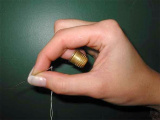
When performing manual work follows:
be careful when working with cutting and piercing objects;
store the pins in a certain place (in a special pillow, box);
to carry out work on the implementation...
Read more
Hits:1312 Cutting
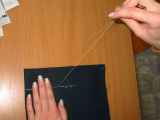
Straight stitches, and this is evident from the name, apparently represent the successive periods of the same line. According to the classification they include: a running, copying, basting, zametnye, vymetaya...
Read more
Hits:1371 Cutting
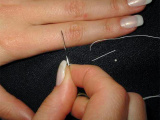
When performing oblique stitches in the place of stitch visible row of inclined to the direction of the run of segments parallel to each other or under a certain angle...
Read more
Hits:1278 Cutting
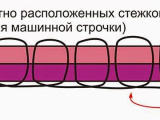
In the section of loop-like stitches resemble a loop. To the loop-like stitches include: bridging, marking, blind stitch hidden, uspeshnye copy. Bridging loop-shaped stitches are used for permanent connection...
Read more
Hits:1293 Cutting
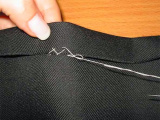
Phillips and looped stitches - probably the most popular types of stitches for novice seamstresses after a running straight, at least the principles of their implementation are still on the...
Read more
Hits:1308 Cutting
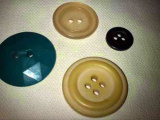
Using hand stitches, you can sew on buttons, hooks and loops, buttons, and perform curly and straight bar tack and thread loops. This article will deal with buttons. Cutters divide...
Read more
Hits:1174 Cutting
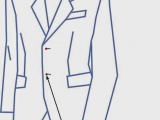
Attaching flat buttons with 2 holes is as follows: 1.The proposed location of the buttons. To do this, put a dot or a cross on the front side of...
Read more
Hits:1172 Cutting
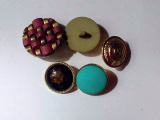
Buttons on the leg or spherical buttons is no less popular in clothing than flat buttons. Some people think that they are only used in outerwear: coats, raincoats, jackets...
Read more
Hits:1299 Cutting
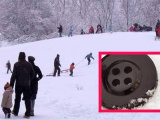
Let us recall the picture from childhood: come from a hill, covered in snow, roll, tired, and in the hallway when the light detects that there is no bottom buttons...
Read more
Hits:1252 Cutting
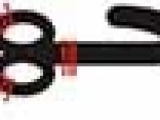
Despite the development of techniques and technologies, the invention of textile braid and other hooks, loops and buttons remain popular and very in demand in certain types of clothes along...
Read more
Hits:1200 Cutting
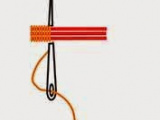
The direct tie is used for strengthening the ends of the slots of the hinges, giving the reliability of the pockets for decorative purposes. Curly clips put at the end...
Read more
Hits:1401 Cutting
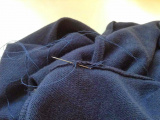
As already seen from the classification of hand stitches, all the stitches they are divided into permanent and temporary assignments. Here are some of the General technical conditions (THAT) apply...
Read more
Hits:1257 Cutting
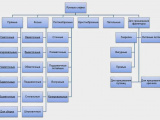
General classification of hand stitches represented in the diagram. The chart shows that the group of stitches stand out in appearance (except the last one - to...
Read more
Hits:1395 Cutting
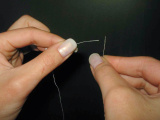
Speed depends largely on the rationality of the processes of implementing some of the actions that can be considered as a component of operations or types of work. We present...
Read more
Hits:1212 Cutting
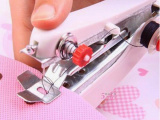
Experts and manufacturers distinguish 2 groups of sewing machines: designed for industrial use and household sewing machines. About consumer will not speak: on taste and color friend no. Moreover...
Read more
Hits:1071 Cutting
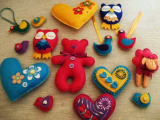
Combine business with pleasure!!;) Before you perform manual work on serious and complex products, you can workout by making Souvenirs and simple and nice household items and textile items...
Read more
Hits:1321 Cutting
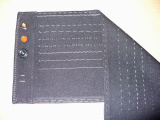
Actually do exercises to consolidate knowledge and skills and testing techniques perform manual work can be divided into 2 parts: for future professionals (presented below) and for the real fans...
Read more
Hits:1409 Cutting
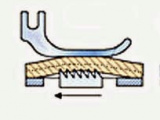
Terminology machine works, given below, is determined by the GOST 20521-75. Stitch - single element of a structure obtained during thread processing method between the two punctures of the...
Read more
Hits:1227 Cutting
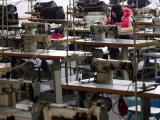
For safe operation on the sewing machine or the machine must: Before starting, make sure of serviceability of the equipment – checking the quality of the contact socket...
Read more
Hits:1215 Cutting
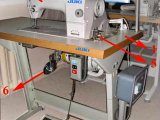
Workstation using universal and special sewing machine is as follows: Industrial table 1 with individual electric drive fixed head sewing machine 2. On the smooth surface of the...
Read more
Hits:1427 Cutting
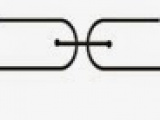
Description connecting joints will be made in the manner specified by the classification in the following form: the name of the scheme or section, example applications, a description of the...
Read more
Hits:1431 Cutting

The order of the description of the edge seams will be the same as connecting: the name of the scheme or section, example applications, a description of the execution process...
Read more
Hits:1306 Cutting

Finishing seams - the last of the 3 identified groups of joints (according to classification). We will describe similar and connecting boundary: the name of the scheme, the process of...
Read more
Hits:1403 Cutting
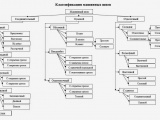
One of the most detailed sets of classifications GOST 12807-2003. Sewing. Classification of stitches, lines and seams. The following is a version of the classification easier. Under this option...
Read more
Hits:1397 Cutting
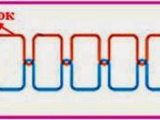
When using a sewing machine (lockstitch duntocher) you should know some tricks or little secretsthat can greatly simplify the task and get a good end result - a smooth line...
Read more
Hits:1303 Cutting
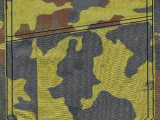
The most General rules, there are technical conditions for the execution of machinery works, as follows: 1. The number of threads, machine needles and the frequency of stitching when doing...
Read more
Hits:1281 Cutting
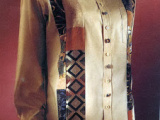
Repaired clothing depending on the degree of deterioration can be subjected to small, medium and large repair (see table below). As additional finishing materials used leather (genuine and faux), suede...
Read more
Hits:1220 Cutting
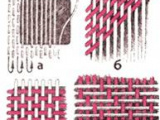
Darning is used when repairing products in embroidery and has several varieties. The easiest way - threads interlacing at right or oblique angle. First along the contour of the suture...
Read more
Hits:1196 Cutting
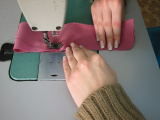
When learning the techniques of operating the sewing machine and how the machine stitches it is possible to allocate following stages: Step 1. Goal: learn to work...
Read more
Hits:1357 Cutting
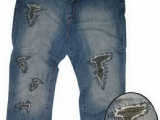
Consumer services of the population by making clothes along with tailoring new products provide services for repair of garments. The repair not only eliminate worn areas, but also try to...
Read more
Hits:1149 Cutting
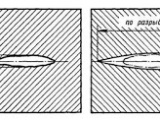
To stockout in different ways depending on the magnitude of the damage and type of material. Dyed in the drape (without a pattern, stripes or cells) damage width to 0...
Read more
Hits:1249 Cutting
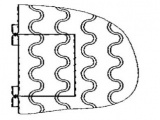
When connecting the patches with the product in any way necessary to monitor the alignment of the warp threads for the details and patch and fit the pattern on them...
Read more
Hits:1693 Cutting
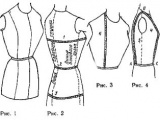
Reduced mannequin. Reduced training mannequin is manufactured in accordance with the dummy model figure. It is a reduced copy of a proportionally composed of a female figure with a...
Read more
